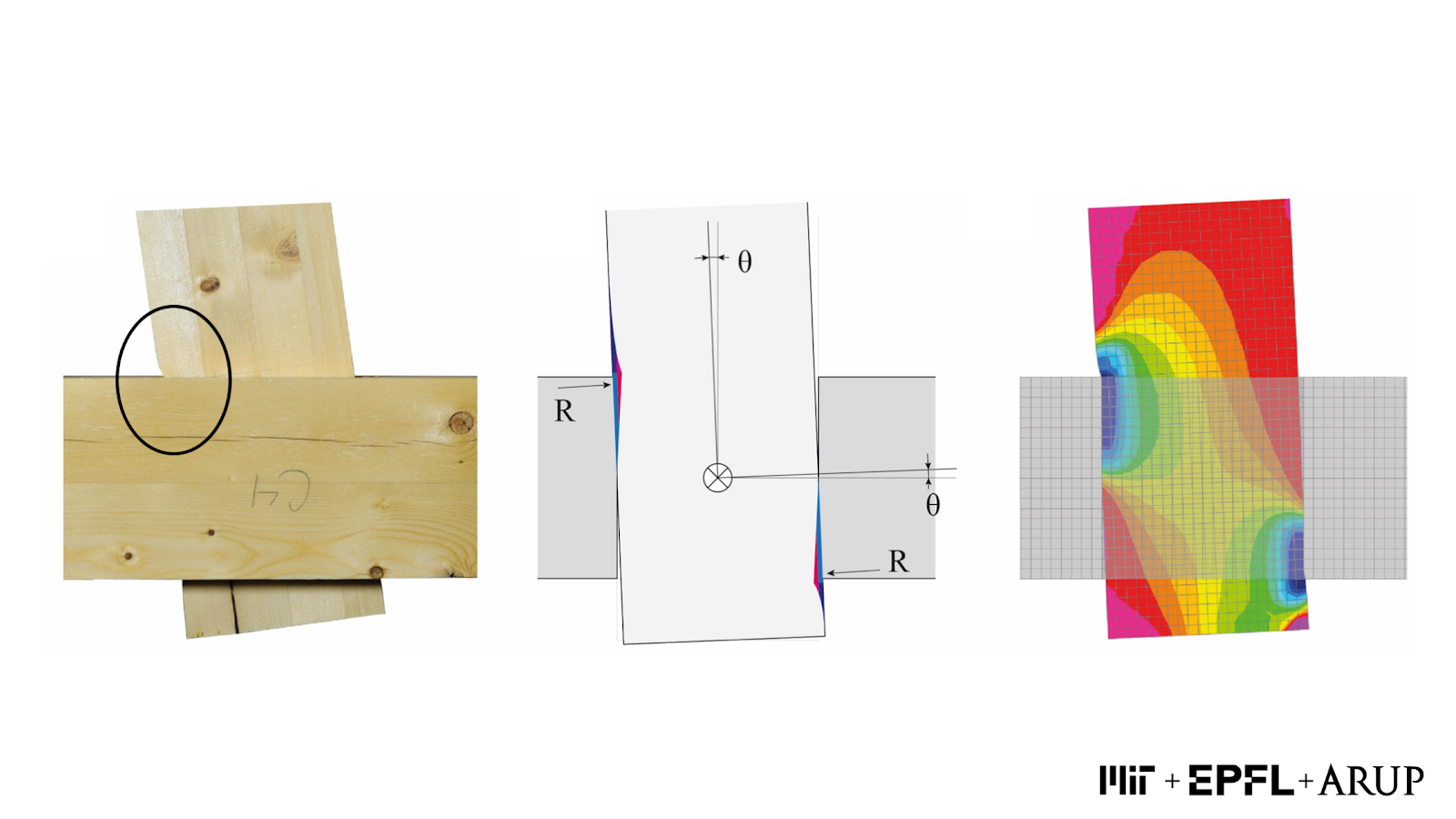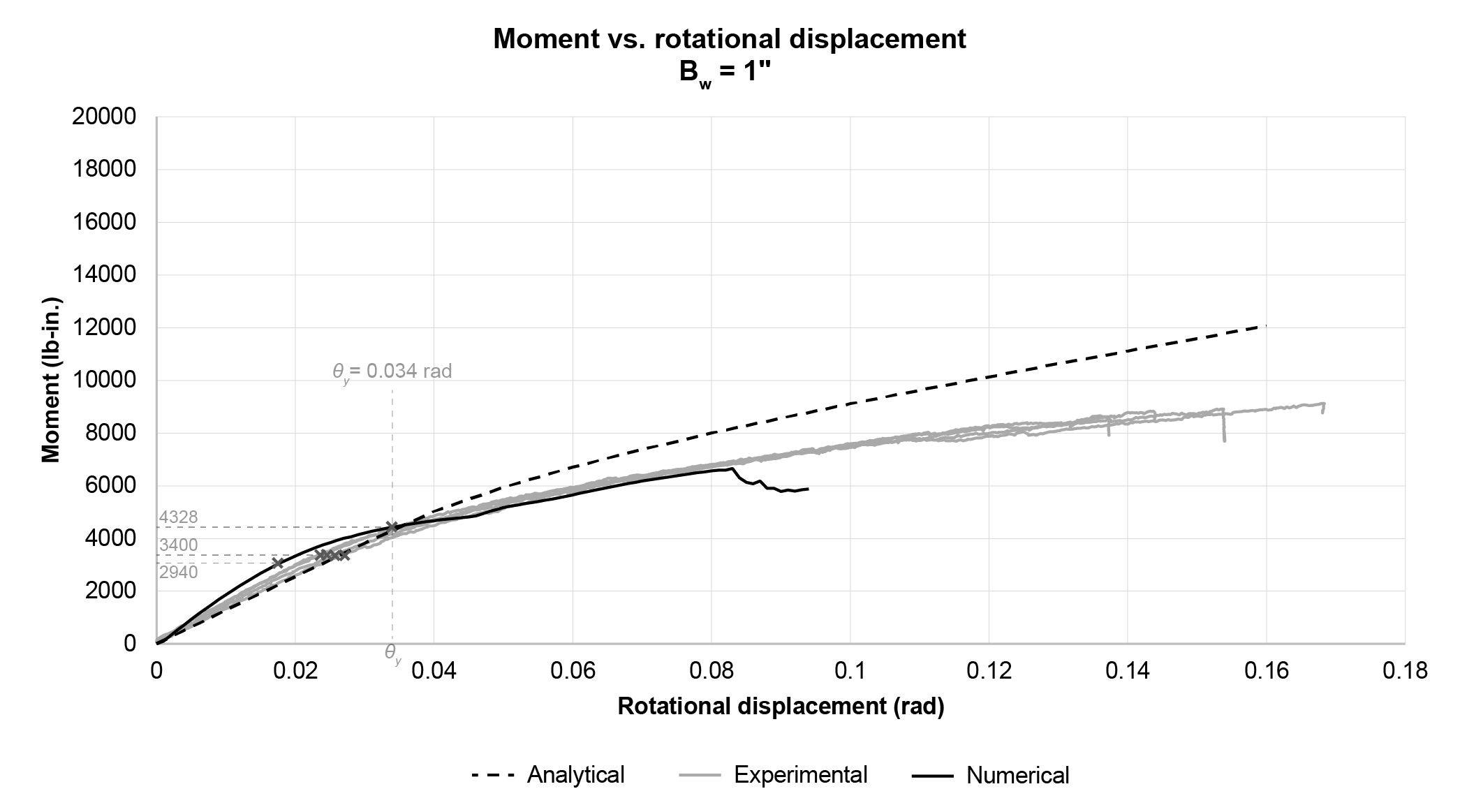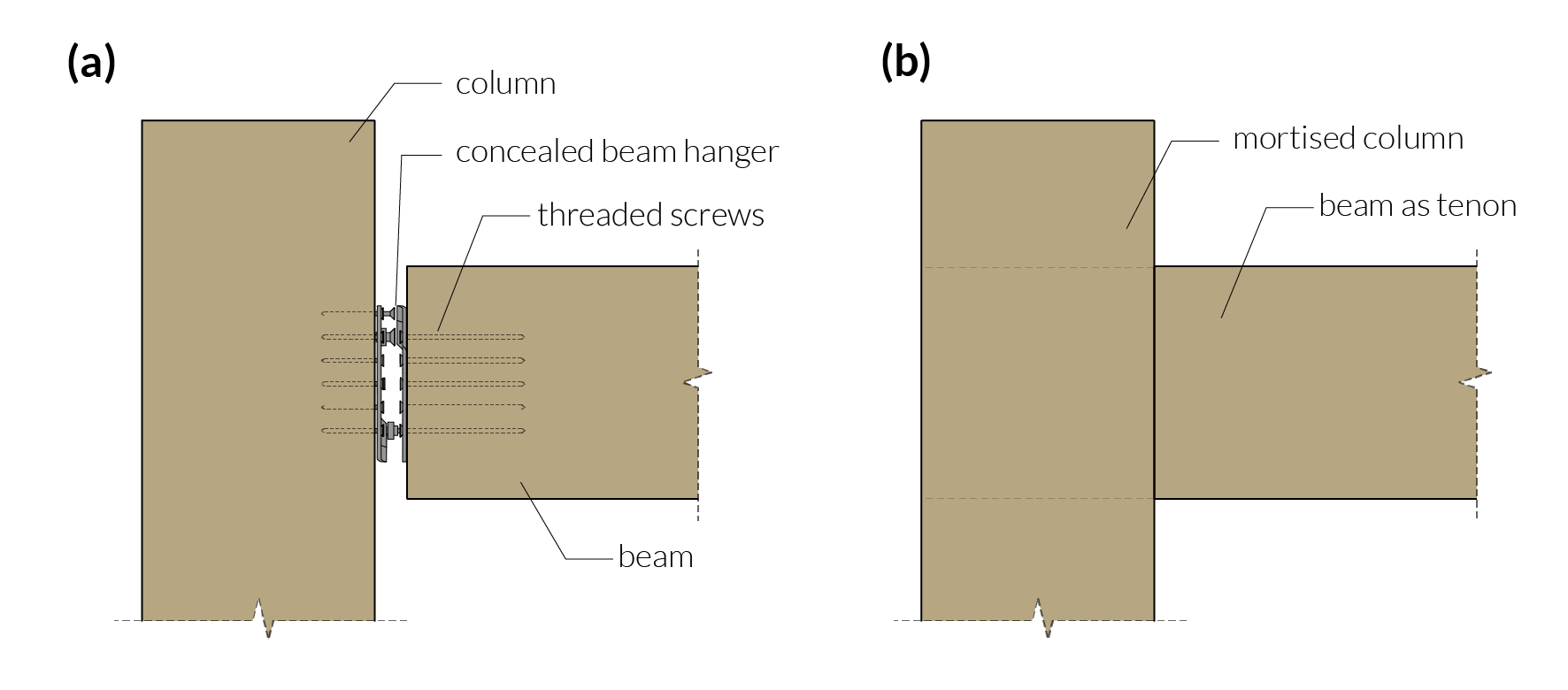Mechanical behavior of timber joinery
Conventional connections for timber structural systems typically use metallic fasteners rather than all-timber interlocking joinery connections as seen in historic timber construction. What is the potential to re-apply joinery to modern timber construction, given modern fabrication and analysis techniques?
 Image composed by collaborators Aliz Fischer and Jan Brütting.
Image composed by collaborators Aliz Fischer and Jan Brütting.

Team collaborators: Structural Xploration Lab at EPFL (Jan Brütting, Prof. Corentin Fivet), AT+R at Arup San Francisco (Aliz Fischer, Benshun Shao, Nick Sherrow-Groves, Julieta Moradei), Digital Structures at MIT (Demi Fang, Prof. Caitlin Mueller, Daniel Landez)

Related publications:
D. Fang, “Timber joinery in modern construction: Mechanical behavior of wood-wood connections,” M.S., Massachusetts Institute of Technology, Cambridge, MA, USA, 2020.
D. L. Fang and C. Mueller, “Joinery connections in timber frames: analytical and experimental explorations of structural behavior,” in Proceedings of the International Association for Shell and Spatial Structures (IASS) Symposium, Cambridge, MA, USA, July 2018.
D. L. Fang, J. Brütting, J. Moradei, C. Fivet, and C. T. Mueller, “Rotational stiffness in timber joinery connections: analytical and experimental characterizations of the Nuki joint,” in Proceedings of the 4th International Conference on Structures and Architecture, Lisbon, Portugal, 2019.
D. L. Fang, J. Moradei, J. Brütting, A. Fischer, D. K. Landez, B. Shao, N. Sherrow-Groves, C. Fivet, and C. T. Mueller, “Modern timber design approaches for traditional Japanese architecture: analytical, experimental, and numerical approaches for the Nuki joint,” in Proceedings of the International Association for Shell and Spatial Structures (IASS) Symposium, Barcelona, Spain, October 2019.

